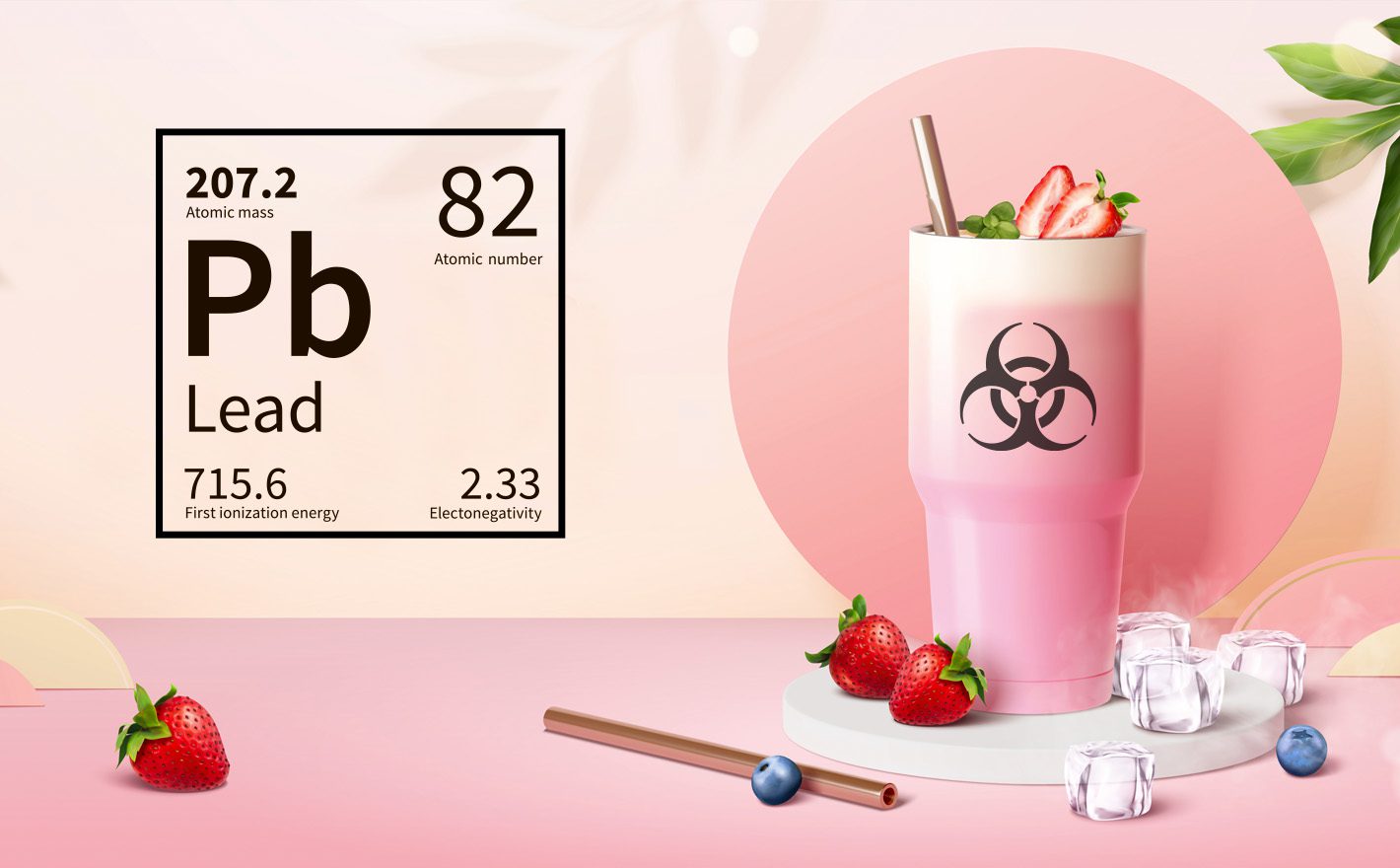Stanley is Being Sued Over Lead in Its Cups
Introduction
Stanley, a popular brand of outdoor gear, is facing a lawsuit alleging that its stainless steel cups contain dangerous levels of lead. The lawsuit, filed by a California consumer, claims that the cups leach lead into water and other beverages, posing a health risk to consumers.
Lead is a toxic metal that can cause a variety of health problems, including developmental disorders, brain damage, and cancer. It is especially dangerous for children, whose developing bodies are more susceptible to lead’s effects.
The Lawsuit
The lawsuit alleges that Stanley knew or should have known about the lead in its cups. The plaintiff, who purchased a Stanley cup in 2021, alleges that she experienced nausea, vomiting, and headaches after using the cup.
The lawsuit cites a 2022 study conducted by the Center for Environmental Health that found that Stanley cups leached lead into water at levels that exceeded the federal safety limit.
Stanley’s Response
Stanley has denied the allegations in the lawsuit. The company says that its cups are made of high-quality stainless steel and that they meet all applicable safety standards.
Stanley also says that it has conducted its own testing and found that its cups do not leach lead into water at levels that exceed the federal safety limit.
The Science of Lead Leaching
The science of lead leaching is complex. Lead can leach from stainless steel into water or other beverages if the water is acidic. Factors that can increase the amount of lead that leaches include:
- The acidity of the water
- The temperature of the water
- The length of time the water is in contact with the stainless steel
The federal safety limit for lead in drinking water is 15 parts per billion (ppb). The 2022 study cited in the lawsuit found that Stanley cups leached lead into water at levels ranging from 16 ppb to 28 ppb.
The Health Risks of Lead
Lead is a toxic metal that can cause a variety of health problems, including:
- Developmental disorders
- Brain damage
- Cancer
- Reproductive problems
- Kidney damage
- Cardiovascular disease
Children are especially vulnerable to the effects of lead because their bodies are still developing. Lead can damage children’s brains and nervous systems, leading to learning disabilities, behavioral problems, and other health issues.
The Broader Implications
The lawsuit against Stanley is part of a growing trend of lawsuits alleging that companies are selling products that contain dangerous levels of lead. In recent years, there have been lawsuits filed against manufacturers of children’s toys, jewelry, and cookware.
These lawsuits are raising awareness of the dangers of lead and are forcing companies to take steps to reduce the amount of lead in their products. However, there is still more work to be done to ensure that consumers are protected from the dangers of lead.
Conclusion
The lawsuit against Stanley is a reminder of the importance of protecting consumers from the dangers of lead. Lead is a toxic metal that can cause a variety of health problems, especially in children.
Companies have a responsibility to ensure that their products are safe for consumers. They must test their products for lead and take steps to reduce the amount of lead in their products.
Consumers also have a responsibility to be aware of the dangers of lead and to take steps to protect themselves and their families from exposure to lead.

